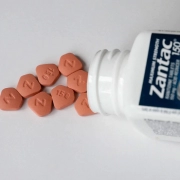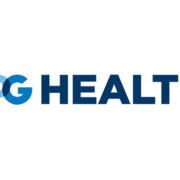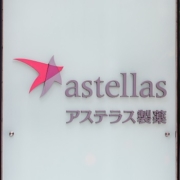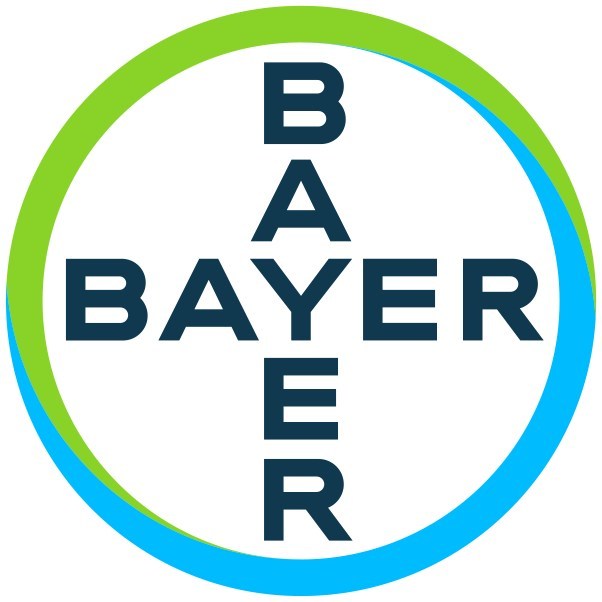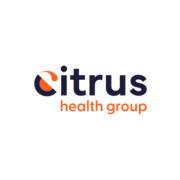How AI and intelligent automation are revolutionizing pharmacovigilance
How AI and intelligent automation are revolutionizing pharmacovigilance
By Stephanie Senn, IQVIA
Pharmacovigilance (PV) is the process of keeping an eye on the safety of medications and medical devices and plays a crucial part in the pharmaceutical industry to ensure the safety of patients. However, the current resource-intensive approach to PV is facing real challenges as safety data evolves and makes moving to efficient and effective solutions crucial to guaranteeing continued patient safety. Integrating modern technologies, such as artificial intelligence (AI) – which also encompasses machine learning (ML), and natural language processing (NLP) – improves the process, reduces workload for PV professionals, and expedites the gathering and analysis of safety data.
Enhancing pharmacovigilance with AI
Pharmaceutical businesses originally saw outsourcing as a cost-effective PV strategy, but the continuing growth and complexity of managing data from increasing sources means the model of “outsourcing your problems” is unsustainable. These challenges include everything from managing the vast volumes of safety data received from partners due, language hurdles and heterogeneous data sources and formats, which results in ever increasing costs and the risk of overlooked safety problems.
PV workloads are being revolutionized by AI technologies that make it possible for businesses to handle safety data more precisely and successfully. By automating operations, analyzing massive amounts of data from many sources, and immediately identifying possible safety issues, these technologies free up PV specialists to work on more difficult jobs like signal recognition and risk management.
Automating data collection and analysis
These tools can instantly assess both structured and unstructured data, increasing the precision with which safety data is collected and analyzed as well as the speed and accuracy with which safety signals are recognized. Companies find it simpler and more effective to monitor previously ignored data streams and spot potential issues thanks to automation. This broadening of data sources also provides confidence that the industry is doing everything it can.
Keeping up with regulatory requirements
AI technologies are assisting pharmaceutical organizations to stay on top of changing regulatory needs in each marketplace in addition to expediting the collecting and processing of safety data. To ensure compliance with new rules, businesses must be prepared to quickly alter their procedures as the pharmaceutical industry becomes more international. Companies can keep up with regulatory advancements, spot potential compliance issues, as well as quickly and effectively implement changes to their operations by utilizing AI.
When it comes to guaranteeing compliance with changing legal requirements in international markets, these technologies offer a major advantage. AI-enabled systems can rapidly respond to regulations by collating them, analyzing them and providing those responsible with information on changes that could impact their products. They replace the traditional process of scouting websites and journals for the hope of identifying relevant changes.
Keeping up with changing laws in international markets
To avoid fines or other penalties, it is crucial for firms to maintain compliance when regulations change.
Using AI to automate the reporting of negative events and device complaints can assist organizations in consistently adhering to legal obligations. Also, these systems make it easier for organizations to change with new regulations and handle the enormous amounts of data they must manage by instantaneously translating adverse events (AEs) and other safety data into a variety of languages.
Enhancing the discovery of AEs and device complaints
Current PV processes are organized around received data and very poor or non-existent at the discovery of AEs and device complaints in external sources such as local literature or social media. AI data mining techniques can be used to find and extract pertinent data and machine learning (ML) can evaluate this data to find patterns and trends that could point to possible safety issues. By examining unstructured data from diverse sources, such as patient forums, social media, and product evaluations, NLP might further improve this process by spotting safety warnings that conventional PV techniques would have missed.
The identification of potential safety hazards is made quicker and more precise as a result. Businesses can act faster, lowering the risk of patient damage and possibly saving time and money by avoiding time-consuming product recalls or legal action.
Improving safety and aiding in future decision-making
AI is enhancing safety and assisting in decision-making by improving a number of aspects of PV operations: increasing the effectiveness and consistency of data collecting and analysis; identifying issues faster; uncovering previously hidden issues; giving the keys stakeholders just the information they need and allows them to focus on the critical data by proving preliminary assessments of data to reduce the natural inconsistencies of human investigations.
All this allows regulators, industry organizations, and internal experts to make decisions on the safety of marketed products based on consistently reliable data that can only benefit their insights supported by these technologies.
By incorporating this into business operations, businesses are now better equipped to decide which medications and devices to sell and how to handle them once they do. Companies can enhance patient safety and improve their reputation by ensuring compliance with regulations and prioritizing PV operations.
As laws change, innovations are revolutionizing the methods for gathering, evaluating, and acting on safety data, enabling businesses to detect safety warnings more rapidly and effectively. Companies should automate data gathering and analysis through AI, freeing up PV specialists to concentrate on higher-value work. The adoption of these technologies is becoming more and more crucial to maintaining a competitive edge as the pharmaceutical industry grows more international and competitive. They provide a formidable method for managing data streams, more effectively identifying potential safety issues, and making suggestions for product upgrades.
Advantages of AI in pharmacovigilance
The application of AI, ML, and NLP in PV is a promising development that is going to keep growing and having a significant impact on the pharmaceutical industry. Many advantages include raising patient safety and enhancing decision-making, reducing the strain for PV experts and ensuring compliance with changing rules. If patient safety and the industry’s reputation for innovation and quality are to be maintained, using these technologies will become increasingly important as the sector innovates.
 |
Stephanie Senn is product manager, Signal Detect, IQVIA. As product management lead for IQVIA Vigilance Signal, Stephanie Senn is responsible for driving the overall strategy for IQVIA’s signal detection and management solution. She is focused on identifying innovative opportunities to continuously improve the solution and support evolving requirements. Senn has eleven years of experience within safety and pharmacovigilance and worked within industry before joining IQVIA in 2018. She utilizes her knowledge and first-hand experience in signal management to guide and support clients in the adoption of optimized, compliant signal processes. Senn obtained her bachelor’s degree in Neuroscience from the University of Manchester and passed her master’s degree in Drug Development Science with Distinction at King’s College London. |


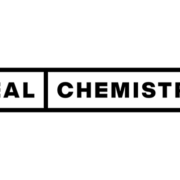
![shutterstock_1848191236 [Converted] Customer engagement](https://www.pharmalive.com/wp-content/uploads/2023/12/Customer-engagement-180x180.jpg)
